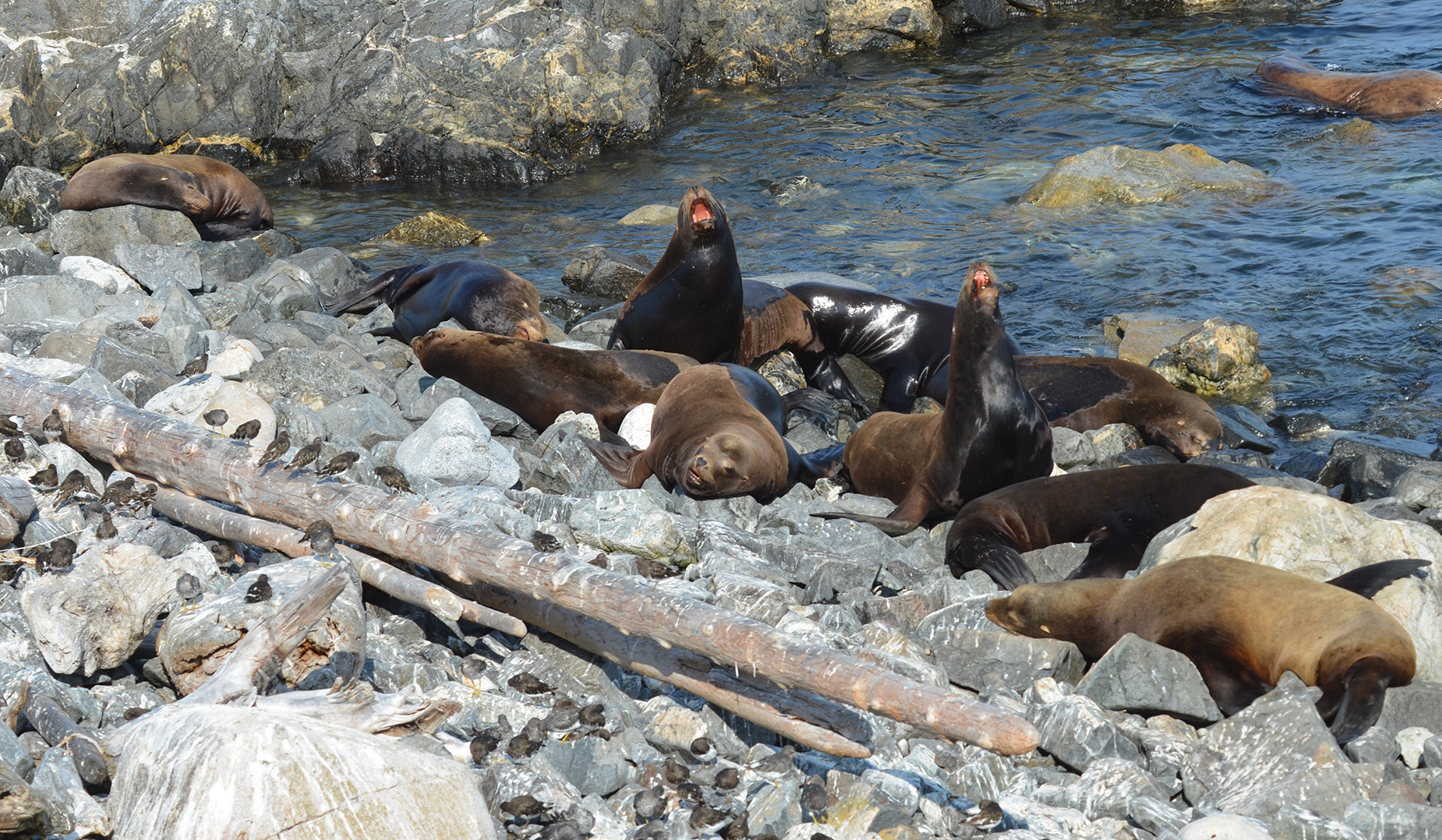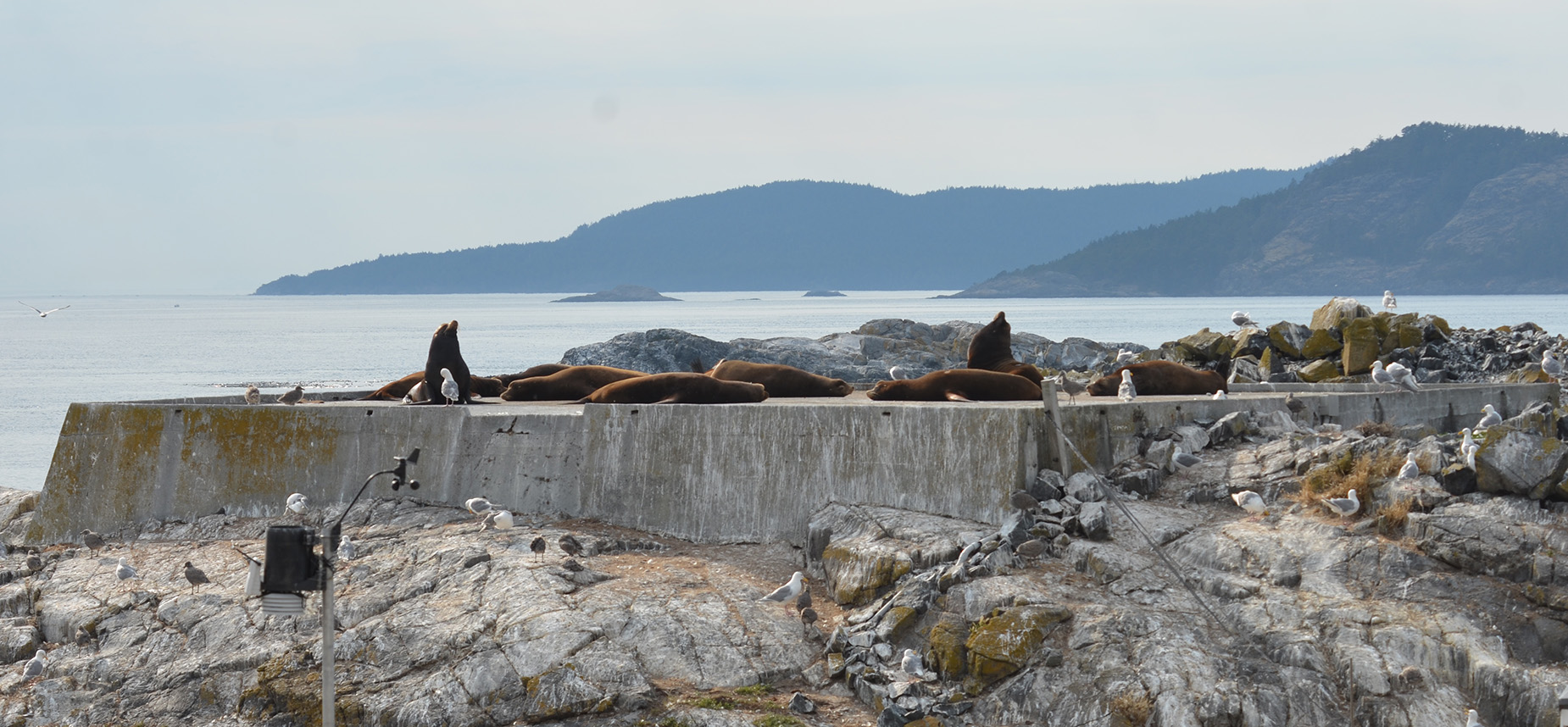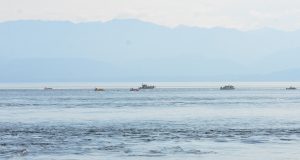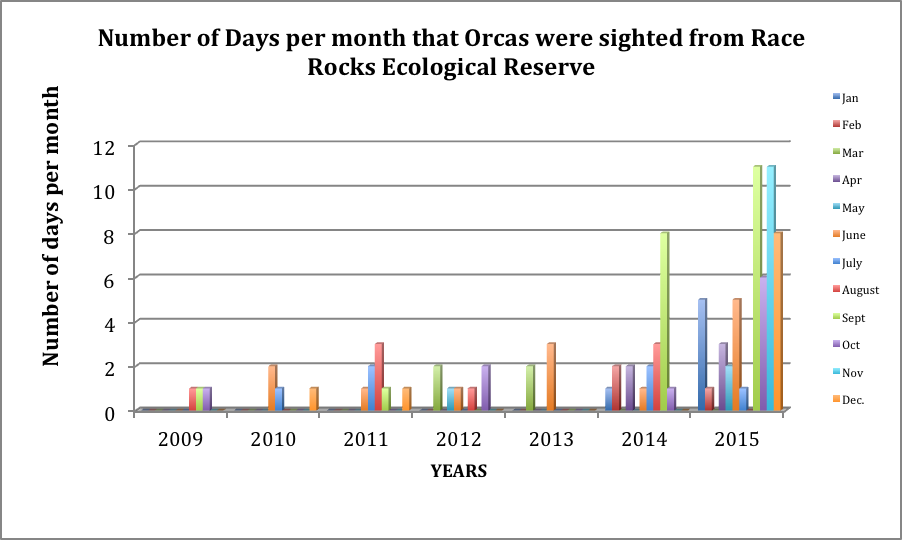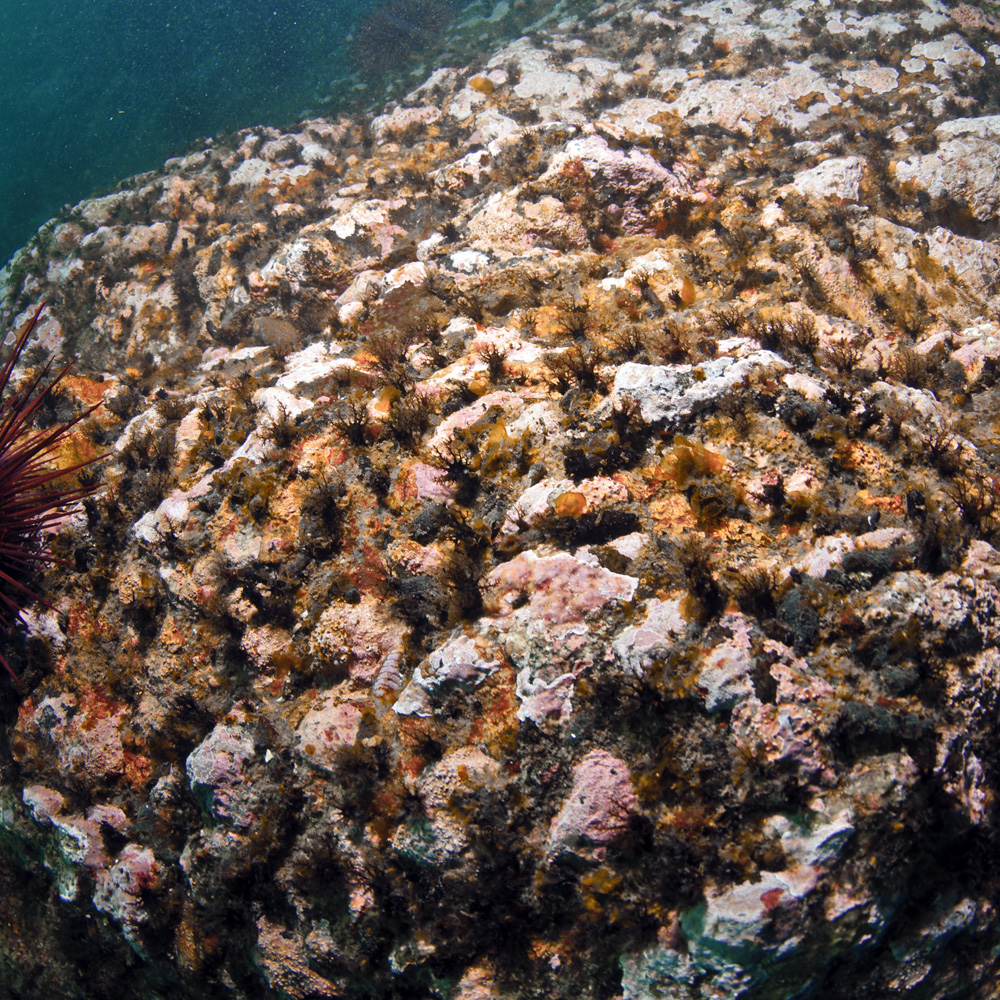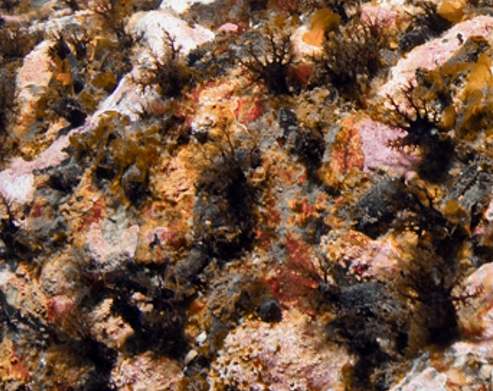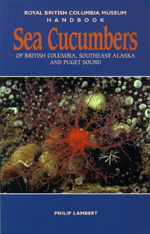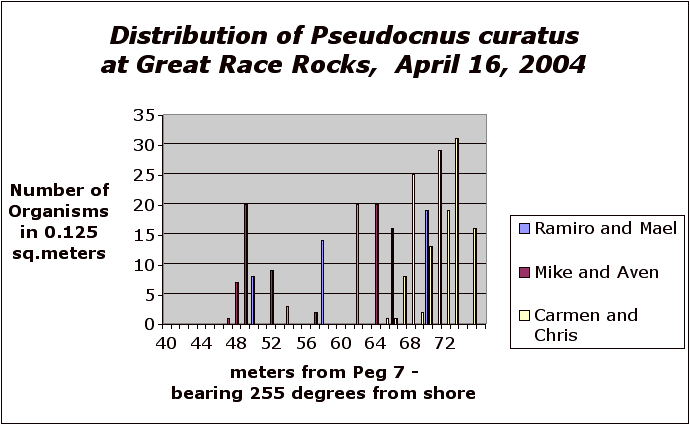Wildlife notes:
On Wednesday’s Census, there were 155 sea lions on Great Race Rocks. Today there are 296. They aren’t just grouping near the Jetty but on a variety of beaches, stretches of the shore line, around the fog horn and even the helicopter pad which seems quite the hike from the shore. The turnstones and surfbirds have been forced up higher on East Beach as the sea lions move in. East Beach has been a great place to observe new bird species. I wonder if the new birds will still visit this area with the sea lions there. They are calling for rain tonight and tomorrow. I look forward to this and hope it will reduce the aroma in the air.
The two Birthday birds photographed yesterday are now only one. Either they are still vulnerable at this age or the one has fledged. I am hoping for the latter and wish this young bird well on its journey.
There were whales in the area about a mile to the south as evidence by the collection of ecotourism vessels.
Facility work:
- Clean solar panels
- Operation walkway – work in progress
Vessels:
- 27 Ecotourism, 1 private
Weather:
Clear skies in the morning, partial clouds early afternoon, rain clouds in early evening. Gentle SE breeze until early afternoon, fresh SW in the early evening. Daytime temperatures: low 14, high 19.

